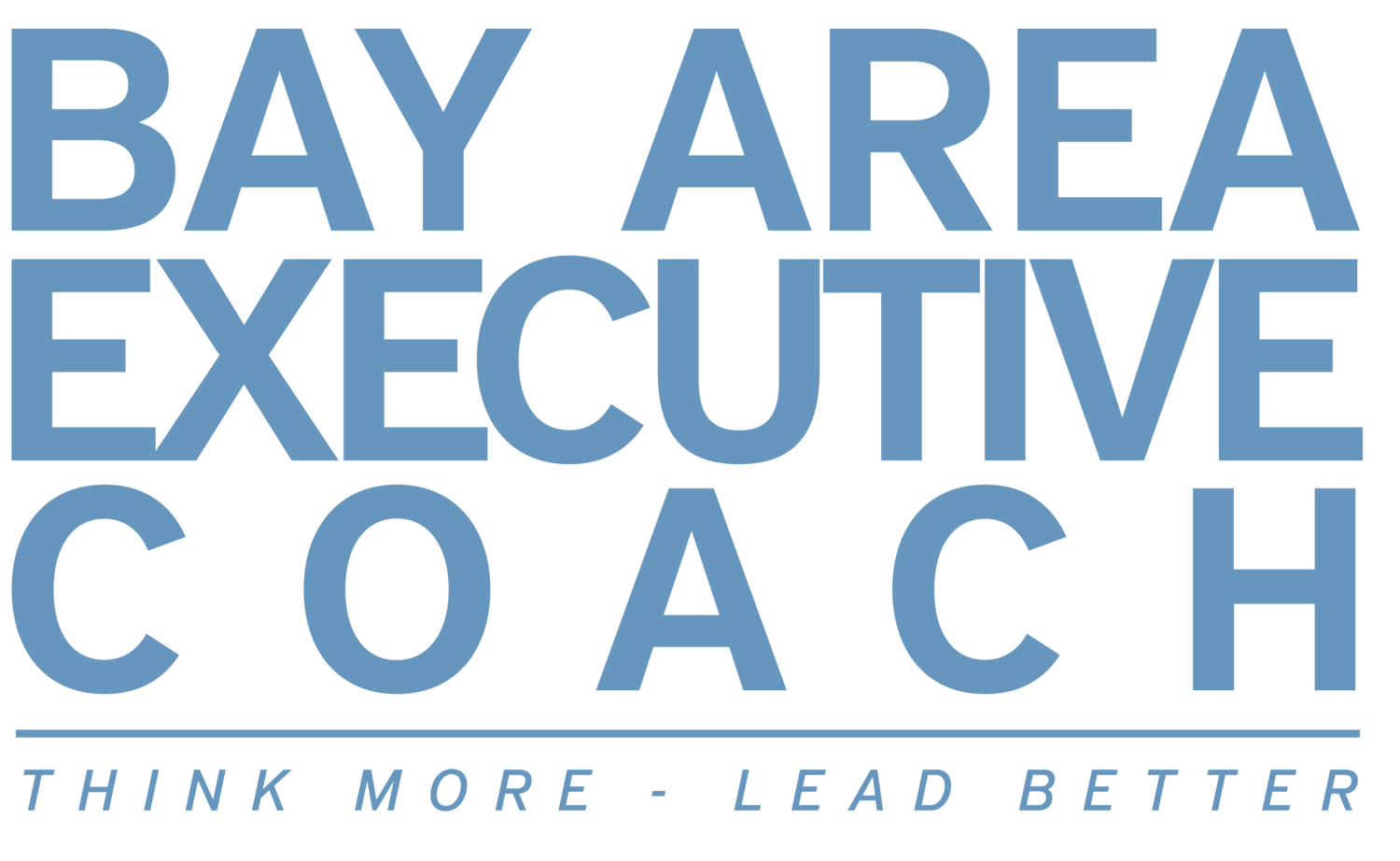In the past, CEOs of larger corporations typically held onto the reins of leadership for ten years or more. But times have changed radically and so too has the average CEO tenure. CEOs are now spending far fewer years in charge than they did just five years ago. This trend is born out by some interesting statistics collected in a survey done in 2023 by Zippia Research:
- The average CEO tenure for the S&P 500 is 7.2 years.
- The median CEO tenure is 4.8 years.
- The average CEO tenure has decreased by 34% since 2017.
- 39% of CEOs have a tenure that lasts between 1 and 5 years.
Zippia also revealed that since 2017 there’s been a sharp 30% increase in the number of CEOs with tenure less than 1 year and an equally sharp 30% decrease in the share of CEOs with a tenure in the 10 – 20 year range.
While life in the top leadership role at a company has always come with its risks and rewards, it appears the CEO position has become particularly precarious in recent times, as evidenced by this trend towards shorter tenures. Let’s look at some reasons why this is so:

1) The Impact of Transparency Emanating from the Internet, Social Media, and other Digital Channels.
The days of the secretive and sequestered C-Suite are dwindling if not completely over. Today’s CEO lives an increasingly public life in which their actions can be examined and dissected by just about anyone. This new era of digitally induced transparency has been cited as a prime reason why the average CEO tenure has fallen in recent years.
Transparency has also ushered in a new era of accountability, with more CEO dismissals due to ethical lapses or criminal misconduct, according to research conducted by PricewaterhouseCoopers. While the trend towards greater accountability and transparency is admirable and essential to the conduct of legitimate business, it has resulted in higher turnover rates among CEOs and other C-Suite roles.
PricewaterhouseCoopers further discovered that ethical lapses have now taken over as the number one reason for terminating a CEO, rather than financial performance or boardroom battles. One example from not too long ago was the case of the fired CEO from McDonald’s who did not live up to the values of the company. That was a very expensive lapse in judgment.
2) Increased On-the-Job Pressures Leading to Job Burnout
Like everyone else, CEOs are susceptible to burnout. While many businesses actively address the mental well-being of their workforce, CEOs often find themselves isolated in their struggles. The stress associated with constantly making complex and stressful decisions, working very long hours, and knowing that everything that happens inside the company is ultimately their responsibility can exact a heavy toll on a leader’s psyche. “CEOs stepping down seems less about retirement and more about burnout and the challenges of navigating an unprecedented workforce landscape,” said LaShawn Davis, founder and human resources consultant at The HR Plug.
Between greater scrutiny, higher short-term shareholder expectations, and emerging business risks, the lure of leading a company has diminished for many upper-level executives who typically held ambitions to become the CEO. And those who do become CEOs are more likely to experience disenchantment with the job sooner, hence leading to their sooner resignation. In short, the job of CEO has become more difficult in recent years, and this has contributed to shorter tenures and higher turnover rates.
Jensen Huang, the CEO of Nvidia has stated that if he had to do it all over again, he wouldn’t because the job is so difficult and arduous. Elon Musk has said he’d rather work on design and engineering than be the CEO. The former CEO of Stable Diffusion, Emad Mostaque, said that the CEO role sucks, to put it bluntly.
3) Reluctance to Embrace the Public Nature of the Role
The CEO is in effect a public role. One could argue it’s the most public role at any company. Whether they accept and embrace that distinction or not, CEOs are in the public eye. The proliferation of digital paper trails, the 24/7 news cycle, and increased skepticism regarding big business means every move a CEO makes is evaluated through the lens of public perception. Inarguably, some CEOs such as Elon Musk and Jamie Dimon seem to have no issue being the public face of their companies, but not everyone who becomes a CEO is mentally prepared to assume this challenge. The discomfort of being a “business celebrity” in the public spotlight is enough to push some CEOs to resign earlier than they might have normally considered.

4) Reluctance to Change or Adapt
The role and responsibilities of chief executives have evolved significantly over the past decade, demanding higher levels of accountability and adaptability. CEOs now face a rapidly changing business landscape with increased competition, technological advancements, and shifting customer demands. Agile and pragmatic thinking and a willingness to take action quickly and decisively is required to adapt and prosper in the face of these and other changes. Those languishing in more traditional approaches to executive leadership will likely not last long in the top job. Executive boards are no longer hesitant about replacing CEOs who can’t or won’t stay ahead of change. This has led to higher turnover rates and shorter tenures for CEOs.
5) The Changing Nature of the Workplace
Some executives have chosen not to re-enter the post pandemic labor market for a multitude of reasons, chief among them being lifestyle choices and early retirement options. Some have decided they want to pursue their own interests instead of working in a traditional job. The lure of a freer lifestyle removed from the pressure of enterprise-level leadership, along with a more desirable work-life balance, is leading more younger CEOs to resign their CEO roles and relaunch their careers along different trajectories.
6) Increased Demands for Performance
In today’s globalized economy, with its volatile markets and fierce competition, the bottom line has never mattered more to companies and their shareholders. Executive Boards expect CEOs to perform and produce favorable results, and to do so quickly and effectively. Investors and shareholders often have short-term time frames and expect to see quick and positive returns on their investments. When a company struggles and a CEO seems to falter, it’s often easier to simply replace that leader and move ahead with a clean slate rather than maintain the status quo.
Such intense demands may have led to the mutually agreed upon departure of the CEO of Walgreens, Rosalind Brewer, who was in the job for less than three years. During her tenure, the stock of the company lost nearly half its value. Perhaps the most dramatic recent case is the revolving door at Hertz where they’ve had four CEOs in as many years.
7) The Rise of Succession Planning
Succession planning for top executives has become a component of many company’s business plans. Boards of directors are increasingly focused on succession planning and ensuring that the right leadership is in place for the future. This focus on succession planning has led to shorter CEO tenures as boards are more willing to make changes if they believe there’s a better candidate available.
Unfortunately, succession planning doesn’t always go as planned. Take the example of Bob Iger replacing his successor, Bob Chapek, after just a few years in the role.
8) Shifts and New Trends in Business Cultures

Business cultures have dramatically changed in the past few years for many companies, driven by the rapid growth of ecommerce, the impact of AI and other technologies, and the rise of remote workforces, among other factors. These cultural shifts within organizations or industries can necessitate changes in leadership style or direction. CEOs who are unable to adapt to these cultural shifts may find themselves replaced by leaders who are better aligned with the organization’s evolving culture and values.
Overall, these myriad factors seem to be contributing to the declining tenure of CEOs in the US, as the business landscape becomes more dynamic and demanding. Whether this trend will continue is anyone’s guess, but the need for strong leadership will endure regardless of trends, technologies, or world events. Therefore, a CEO who would like to remain in their role would be wise to address these factors with countervailing strategies.
••••
Women CEOs Face Even Shorter Tenures
According to a recent study Equilar shared exclusively with Fortune Magazine, the average term for women CEOs in the Fortune 500 is significantly shorter than men’s and has been for the past decade, with the gap diminishing only slightly in recent years. In 2023, male Fortune 500 CEOs ran their firms for an average of 7.2 years, while the average tenure for women was 4.5 years. Why is this so?
One factor is the so-called “glass cliff” phenomenon in which women are hired as CEOs in times of company crisis or business downturns, putting extra pressure on them to turn things around quickly, often in the face of unrealistic expectations. When they fail to produce positive results in the short term – as would likely be the case for most CEOs given the circumstances – they’re quickly let go with a new CEO hired and placed in a similar hot seat. When women CEOs are thus positioned to fail they often do, dragging down with them the average tenure for women CEOs across the board.
 Some social scientists have reasoned that companies repeatedly turn to women in tough times because they need a visible sign of change at the top; plus, women are still commonly viewed in traditional terms as nurturers, fixers, and healers. In reality, hard driving, emotionally unintelligent female CEOs are just as likely to fall short in their leadership positions as their male counterparts. However, the perception remains that women are naturally better at smoothing rough edges, and when they don’t fulfill that perception, they’re shown the door.
Some social scientists have reasoned that companies repeatedly turn to women in tough times because they need a visible sign of change at the top; plus, women are still commonly viewed in traditional terms as nurturers, fixers, and healers. In reality, hard driving, emotionally unintelligent female CEOs are just as likely to fall short in their leadership positions as their male counterparts. However, the perception remains that women are naturally better at smoothing rough edges, and when they don’t fulfill that perception, they’re shown the door.
Aggressive activist investors also disproportionately target companies run by women CEOs and may be partially to blame for their shorter tenures. In a recent example, the activist hedge fund Ancora Holdings set its sights on Kohl’s then-CEO Michelle Gass. Gass had inherited a department store chain that had lagged competitors in ecommerce and other areas under the ten-year tenure of the previous male CEO. After four tumultuous years at the helm, Gass unceremoniously departed in 2022.
Researchers at Penn State found that when company press releases laud women appointees with glowing terms, they have shorter tenures compared to those introduced with less fanfare. Big, splashy announcements may leave women CEOs more susceptible to stereotyping and undue attention, and that increased scrutiny can lead to their quicker dismissal when their performance doesn’t live up to the hype. Some female CEOs, facing relentless sexism from the board of directors and others, simply grow weary of the situation and resign.
Another reason for shorter tenures is that women are becoming CEOs at a time when the top job has become increasingly stressful and difficult. The demands of the role may push some women to step down voluntarily.
••••
Are you an executive who wants to be an even better leader and reap the rewards associated with staying in your role longer? If so, our proven executive coaching services are here to guide you towards the ambitious goals you hold.
We’re experts at helping leaders develop and refine their complete set of leadership skills. Schedule a conversation with our head coach to explore how our coaching services can support greater effectiveness in your leadership role.
When you’re seated at the top of the ladder the view is great, but securing your place can be precarious. Such is the paradox of being a CEO: Chief Executive Officer – a company’s top executive. Read our article on, “10 Top Traits of Today’s Successful CEO.”
Here are more resources related to this topic
Case Study:
Videos:
- What Are The Results When CEOs and Boards Don’t Get Along?
- Coaching CEOs with Teri Citterman author of “From The CEO’s Perspective”
Photo copyright: Featured photo is from ©Mikhail Nilov via Pexels. Secondary photo is from ©RDNE Stock project via Pexels.




















